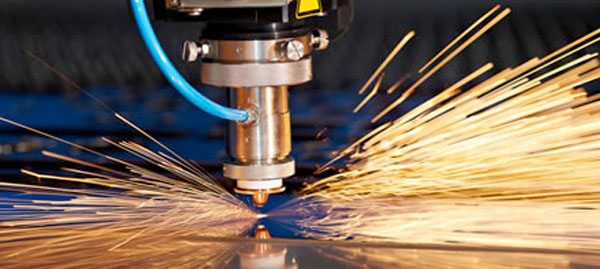
| Updated January 31, 2020AMF is often asked about the feasibility of laser cutting materials other than metal.
Truth is lasers do a good job of cutting nearly anything but it isn’t that simple particularly when it comes to plastic.
Cutting certain types of plastics can cause significant caustic fumes that can literally be lethal if someone is exposed in a major way.
Of course there is science behind this. Without getting into the chemical specifics, common plastics can be divided into two categories: Thermosets and Thermoplastics.
These two categories are delineated by how much chemical bonding takes place inside the plastic material itself.
Thermosets have a large amount of bonding connections and break down easily when heated because they are less subject to melting or puddling.
Common example of Thermoset plastics would include: Rubber and Epoxy Resins
Thermoplastics have fewer bonding connections and are a bit harder to cut as they tend to melt. In fact cutting is accomplished by a term called “melt shearing”.
Common examples of Thermoplastics would include: Polypropylene, Polyethylene, Nylon, PVC, Lexan and Acrylic.
The quality of the cut can be an issue. Often times the plastic will discolor at the edge of the cut with a brown charring effect. In addition to discoloration, some plastics will not cut cleanly but will, instead, melt at the edge leaving a poor quality (almost a drippy-looking) cut edge.
Cut discoloration and edge quality are certainly important factors but perhaps the most significant overall factor is safety. The ‘melting’ and heating impact of the laser beam cutting through the plastic creates fumes and gases.
Some of these fumes are merely unpleasant to smell, but some fumes can be very caustic and, as mentioned at the onset, can be utterly lethal.
Smokey and stinky materials include the likes of common rubber (think smoking tires on the road) and lexan.
Toxic materials include plastics such as Delrin, Vinyl and PVC.
PVC literally will create Hydrochloric Gas Vapors!
The takeaway here is that AMF’s tube laser will not be cutting PVC pipe. We generally try to avoid most plastics in general but do cut, from time-to-time, materials like Plexiglas near the end of the day when the shop can avoid the stink-out.